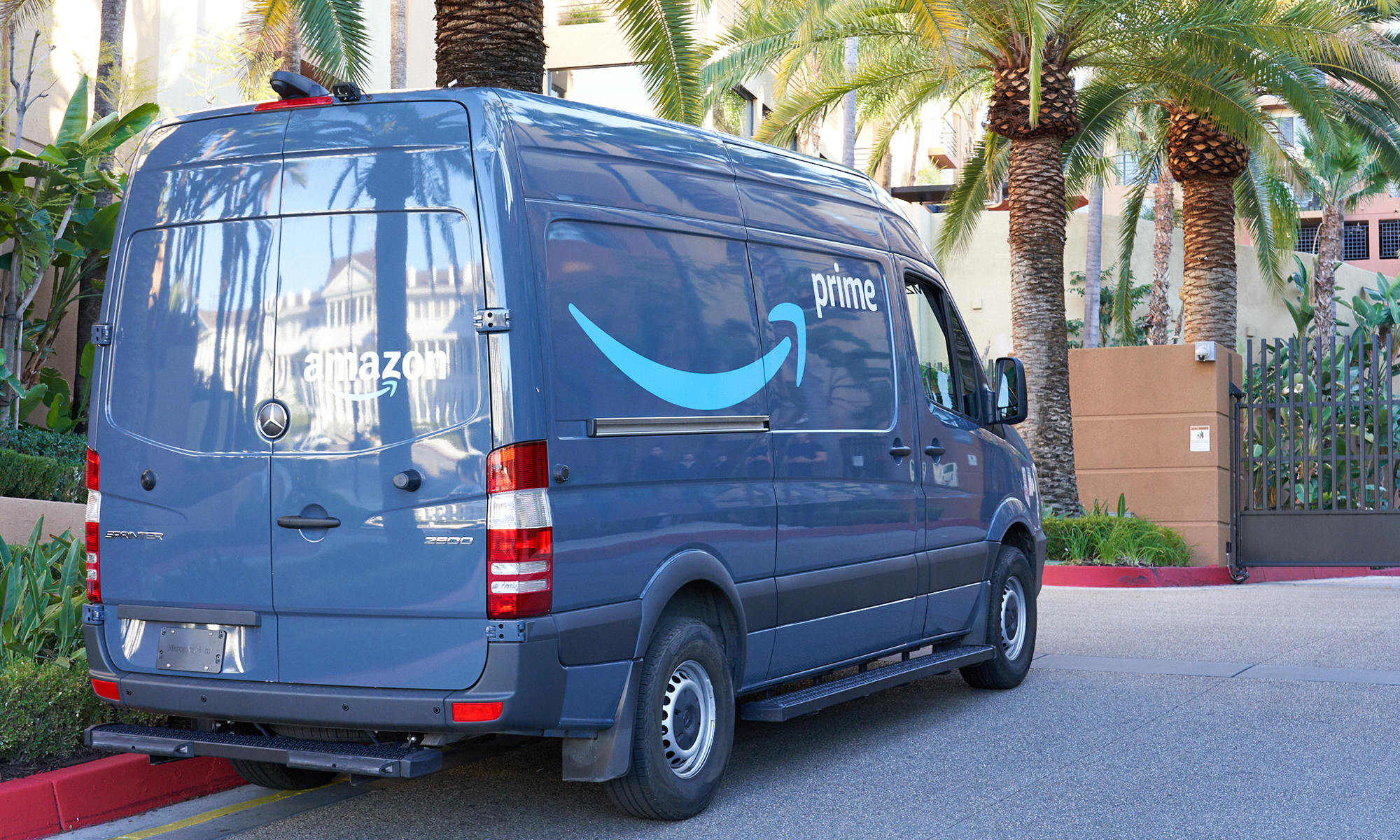Amazon.com (AMZN 1.80%) has been making some more changes at Whole Foods Market recently.
In January, Whole Foods said it's discontinuing its Whole Foods 365 brand of value-priced grocery stores, and converting the dozen stores to conventional Whole Foods locations. In February, shoppers saw an increase in the price of the average trip to Whole Foods.
Those changes may be making room for Amazon to launch a new low-priced grocery store chain, as reported by The Wall Street Journal. The new chain will be separate from the Whole Foods brand and, on average, will have a smaller footprint. The first store is set to open later this year in Los Angeles, with two more locations slated to open early next year, according to the Journal.
The chain could round out Amazon's expanding portfolio of physical grocery stores and enable it to compete better against Walmart (WMT +1.23%) in the burgeoning online grocery space.

Image source: Getty Images.
How Amazon's physical stores stack up
Amazon's sales at its physical stores declined 3% year over year in the fourth quarter. But when you adjust for Whole Foods' fiscal calendar changes and the shift of some grocery order to online pickup or delivery orders, sales increased 6%.
That's a fairly healthy growth rate compared to competitors like Walmart and Kroger. Walmart's U.S. sales jumped 4.6% year over year in the fourth quarter, including its booming online grocery sales. Kroger's sales excluding fuel went up just 1.7% through the first nine months of fiscal 2018.
But investors expect more from Amazon, especially after it plunked down nearly $14 billion to acquire Whole Foods. Adding in a low-priced grocery brand to complement the high-end Whole Foods and the small-format Amazon Go could provide a serious boost to Amazon's grocery business.
Check out the latest earnings call transcript for Amazon.
Winning over shoppers
There are two ways a new grocery brand could help Amazon capture the attention of more shoppers.
Amazon was never able to truly shed the "Whole Paycheck" reputation of Whole Foods. That may be one reason why it wasn't afraid of reverting to higher pricing at its stores. A new brand associated with value pricing could help Amazon find customers that may have developed an aversion to shopping at Whole Foods.
Secondly, new stores give Amazon the opportunity to build with online shopping in mind. The new locations will include parking lots designed for online order pickups, according to the Journal's report. Walmart, by comparison, has had to implement online ordering operations into existing stores. And while it's had great success doing so, a store developed with online ordering in mind would likely have even greater success.
Developing stores with online shopping in mind will be a key part of the company's physical-store strategy. Amazon is reportedly developing rural Whole Foods locations that could double as fulfillment centers for online orders. Maximizing utility of the physical stores makes it more economical for Amazon to offer its online shopping benefits.
A complete portfolio
Building out a chain of low-priced grocery stores specializing in online ordering gives Amazon a foot in every part of the grocery market.
- Whole Foods offers high-end organic groceries. It appeals to upper-middle-class shoppers, which represent a lot of value for Amazon's overall retail operations, hence the push to integrate Prime memberships with Whole Foods.
- The lower-priced grocery brand will appeal to lower-income shoppers. Amazon has been trying to appeal to this group of customers for several years by offering discounted Prime benefits to consumers who receive food stamps and other government aid.
- Amazon Go is a chain of small-format convenience stores that offer prepared food and a small amount of groceries.
- The bigger grocery chains will service online grocery ordering, which is a growing piece of the market.
Amazon will have something to offer everyone in a range of store formats, price points, and shopping options.
And for Amazon, more shoppers mean more data, which can feed its decisions for its online marketplace. Amazon Go shoppers have to link their Amazon account in order to shop in the store, and Whole Foods shoppers are strongly encouraged to link their Prime accounts. Amazon could consider offering Prime members benefits for shopping at its new store chain or create a new membership program for special discounts and coupons like those found competing grocery stores.
Despite its recent moves at Whole Foods, Amazon isn't giving up on groceries. On the contrary, it's just getting started.






